Khai Dinh Tomb, the last architectural work of the Nguyen Dynasty, is one of the most beautiful and unique tombs in the mausoleum system in Hue, impressing with many different architectural styles.
If you have an opportunity to visit Hue ancient city, don’t miss Khai Dinh Tomb – a beautiful check-in point, featuring elaborately and sophisticatedly designed architecture with artistic beauty.
Table of Contents
About Khai Dinh Tomb
Khai Dinh Tomb is one of the attractive tourist attractions in Hue that you shouldn’t miss, is also known as Ung Lang. This tomb is the tomb of the 12th king of the Nguyen Dynasty – Khai Dinh and is one of the 7 most beautiful mausoleum systems in Hue.
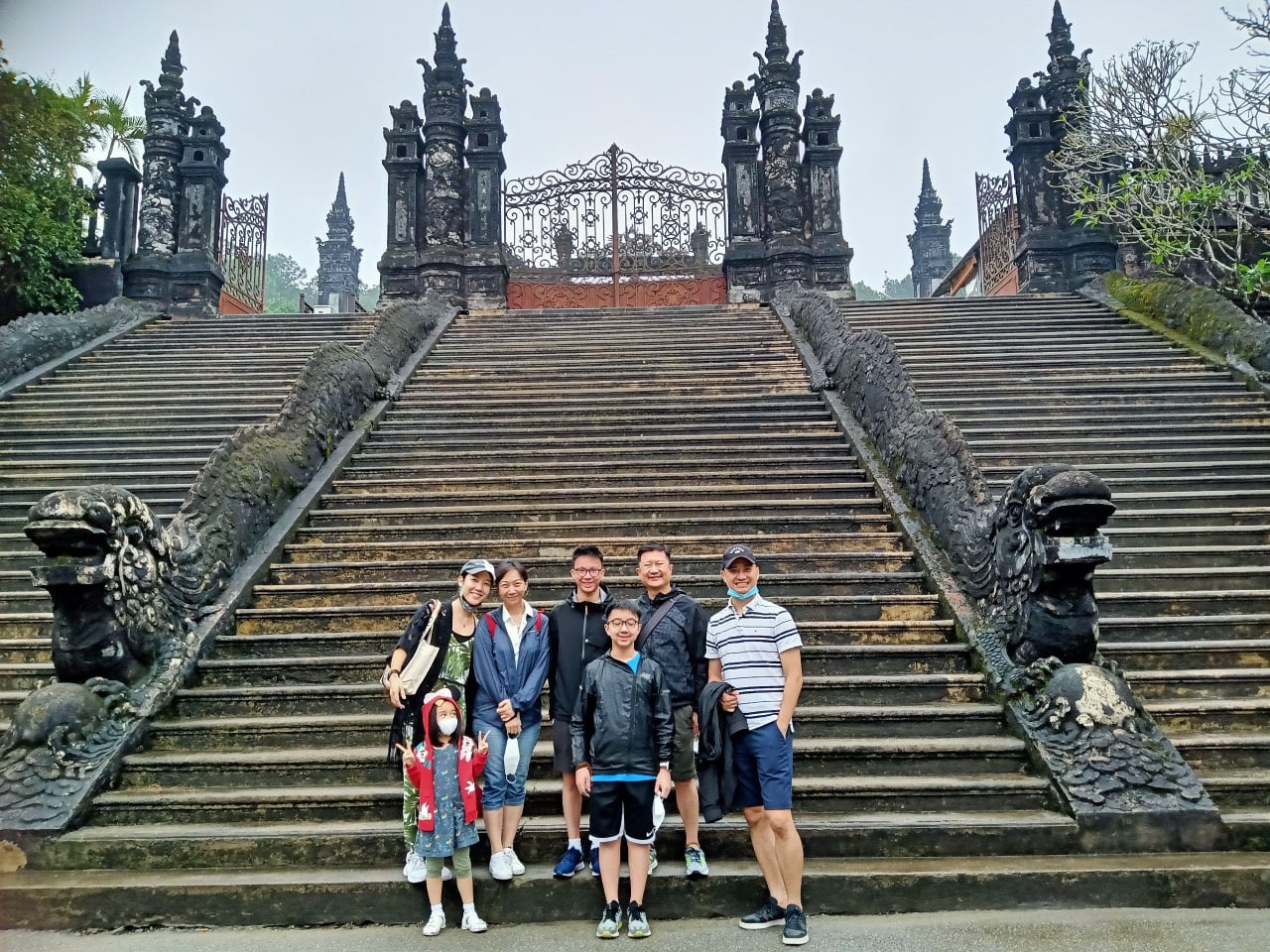
Tomb of King Khai Dinh Hue is located in Thuy Bang commune, Huong Thuy district, Thua Thien Hue province, located on the hillside of Chau Chu mountain, about 10km from Hue city center.
Khai Dinh was began to build on September 4, 1920 and took 11 years to complete. Many famous craftsmen and artisans involved to build this tomb with a large scale of foreign materials.
Architecture of Khai Dinh Tomb
Khai Dinh Tomb in Hue preserves many historical, cultural and artistic values, which is a proof to the cultural interference of Vietnam with Western countries. Overall, Khai Dinh Tomb is a rectangular block, consisting of 127 steps, through the first 37 steps is Tam Quan gate, next is Nghi Mon and Bai Dinh courtyard. On the top are two floors of courtyards, each floor separated from the ground floor and13 steps apart, Thien Dinh Palace is in the highest position.
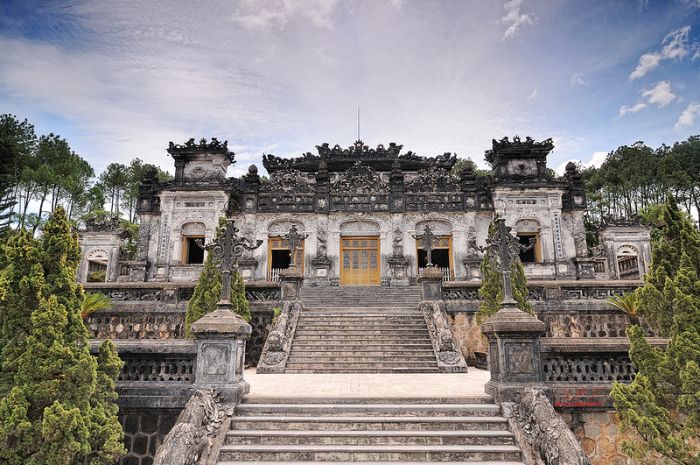
Khai Dinh Tomb has an architectural style that harmonizes with Asian-European, classical and modern styles. In addition, this mausoleum of Nguyen Dynasty is located in a rich and diverse natural area with mountains and hills, surrounded by streams, creating majestic natural scenery… These things make Khai Dinh Tomb become the most unique mausoleum among the palaces in Vietnam.
Things to see at Khai Dinh Tomb
The entrance
The entrance leading into tomb of Khai Dinh has 37 steps, decorated four dragon statues which are diligently carved.
Tam Quan Gate
Tam Quan Gate is outstanding with its majestic architecture and is located on the 1st floor of Khai Dinh Tomb, including the worshiping halls of the insurgents. To get to Tam Quan gate, you will have to go through the first 37 steps of the mausoleum. The pillars at the Tam Quan gate area are built in the Hindu style, showing the unique cultural and architectural interference of Vietnam and India.
Nghi Mon and Bai Dinh courtyard
From Tam Quan gate, you continue pass 29 ateps to reach Nghi Mon area and Bai Dinh courtyard, located on the second floor of Khai Dinh Hue mausoleum. At there, you will be overwhelmed to admire the statues of courtiers and soldiers lined up in four rows, carved like real people – that makes visitors surprised when they see it with their own eyes.
Thien Dinh Temple
Located on the 5th floor, Thien Dinh Palace is the highest position in Khai Dinh mausoleum. It is the main building of Khai Dinh Tomb and also the burial place of the King. Thien Dinh Temple has a unique design and the most artistic value to these day.
The building has a rectangular shape, is lined with marble. The entire interior is decorated with very sophisticated and beautiful reliefs made of porcelain and glass. All create a solemn look, adding to the appeal of the mausoleum.
Khai Thanh Temple
Khai Thanh Temple is a part of Thien Dinh Palace, where the altar of King Khai Dinh is located. The architecture at Khai Thanh Palace shows elaborateness and sophistication. In the middle of Khai Thanh Palace is the main shrine, with Buu Tan statue weighing 1 ton made of reinforced concrete, but looking extremely elegant and soft.
Bronze statue of King Khai Dinh
It is located at Ung Lang, as a precious artifact about the Nguyen kings. This statue helps the next generation to have a vivid image of the appearance of this king in his lifetime.
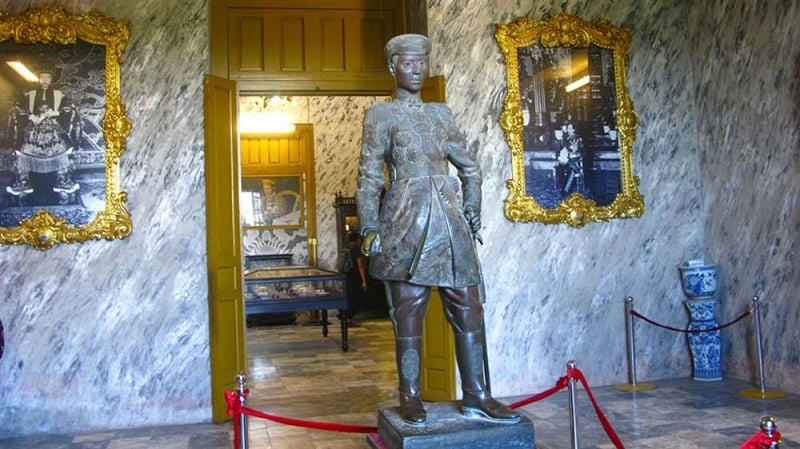
Best time to visit Khai Dinh Tomb
According to the travel experience in Hue, you can visit the mausoleum in the summer months. However, summer in Hue is quite hot and sunny, so it can make you tired. Therefore, if possible, you should arrange to visit in January or February. At this time, the weather is pleasant, not too harsh, traveling will be much more convenient.
How long does it take to visit Khai DinhTomb?
If you have to take 2-3 hours to explore all of Minh Mang Tomb of Hue, then with Khai Dinh Tomb, you only need 1- 1,5 hours. This mausoleum architectural complex is not too large, but if you want to experience more nearby places, it takes about one day. In case your time is limited, you should plan in detail so that you can go to many places.
Some information about visiting Khai Dinh Mausoleum
Address: Tomb of Khai Dinh, Thuy Bang commune, Huong Thuy district, Thua Thien Hue province.
Opening time: 7:00 – 18:00
Entrance fees: 150,000 VND / adult; 30,000 VND / child (7 – 12 years old).
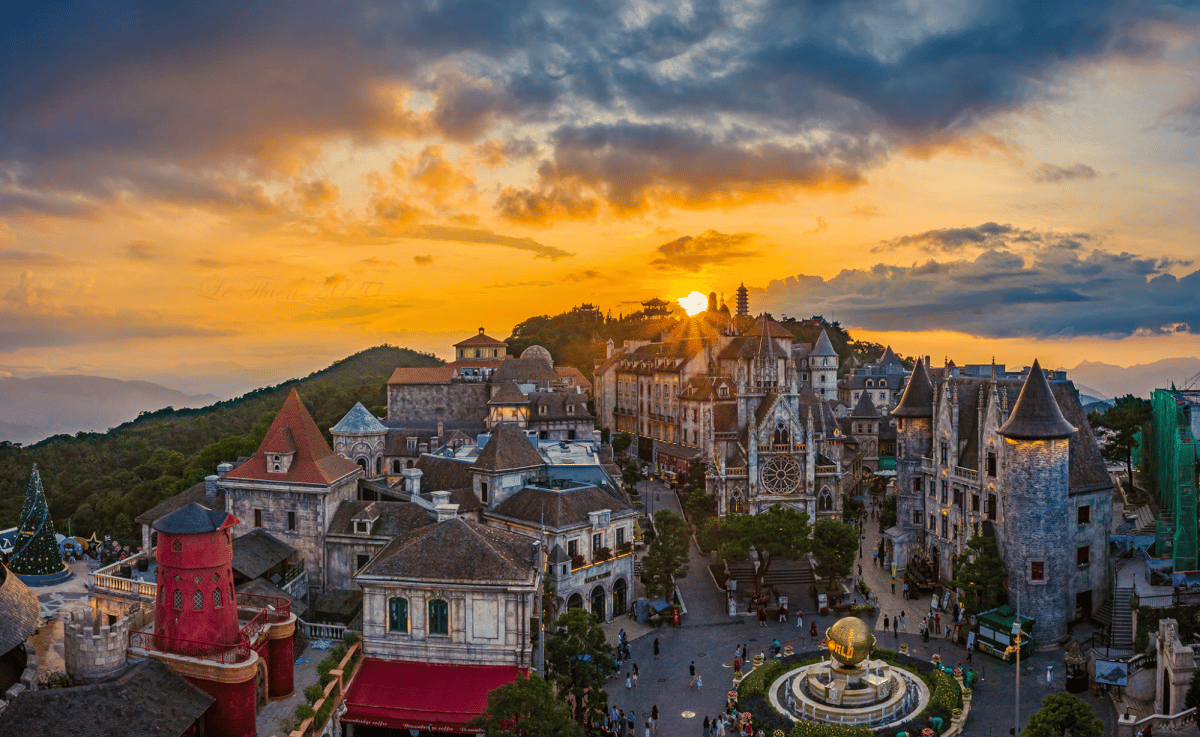

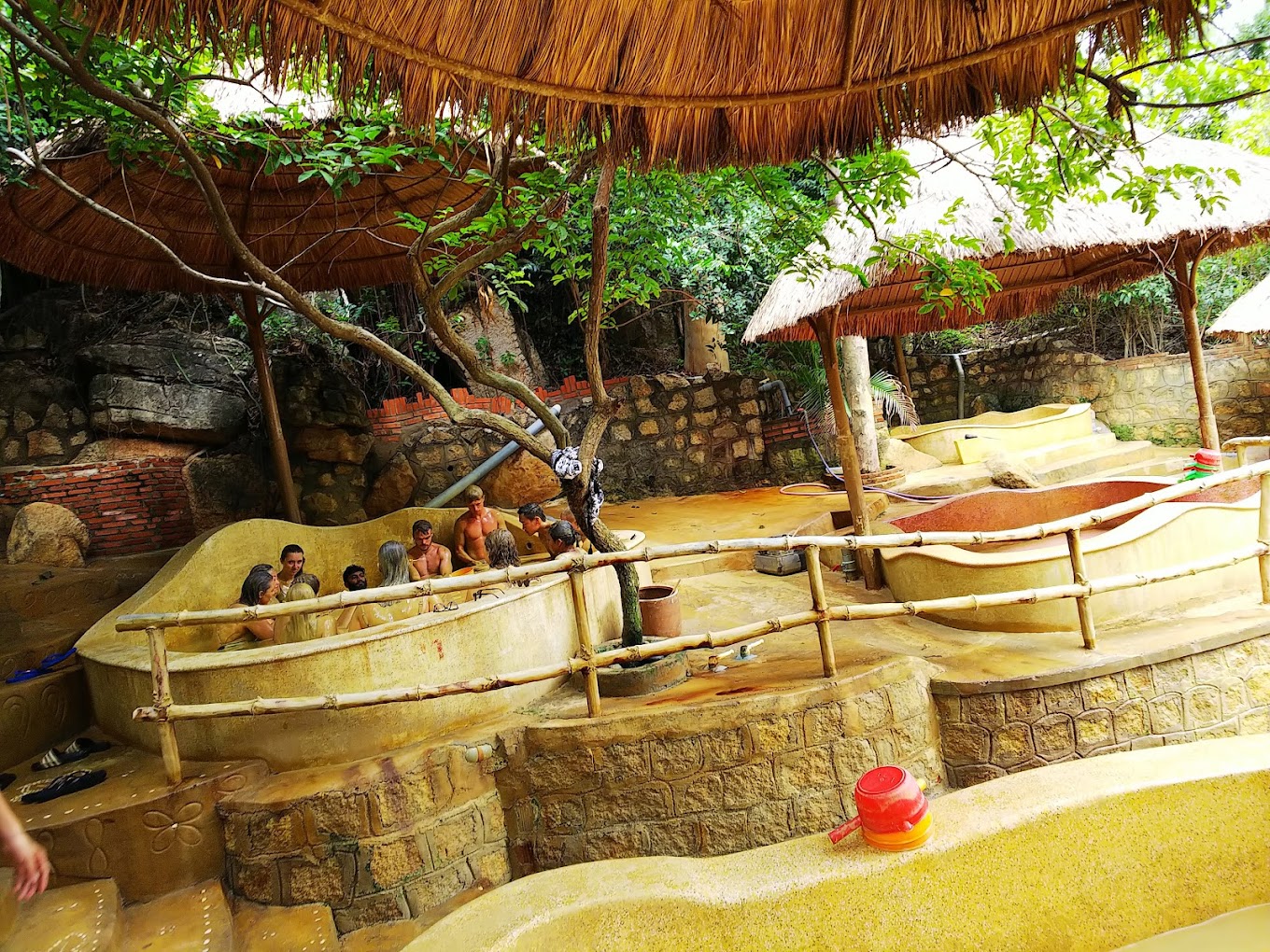
[…] Khai Dinh Tomb is a tourist attraction in Lang Co located on the Chau Chu Mountain range, in Thuy Bang commune, Huong Thuy town. Amidst the lush green mountains, Khai Dinh’s tomb stands out with its blend of traditional and modern architectural styles, exuding a unique and rare grandeur. Khai Dinh’s tomb is also a work constructed from rare and precious materials and features many stunning works of art, truly admirable. […]
[…] to its use of construction materials and architectural style from the West. Despite its small size, the Khai Dinh Tomb in Hue is the most labor-intensive and expensive structure in the Nguyen Dynasty tomb system. Its main […]
[…] Khai Dinh Tomb: Located about 7 km to the south, Khai Dinh Tomb is an architectural masterpiece that combines Eastern and Western artistic styles. […]
[…] known as Ung Tomb, Khai Dinh Tomb is located 10km from the center of Hue city. It is an architectural work from the late Nguyen […]